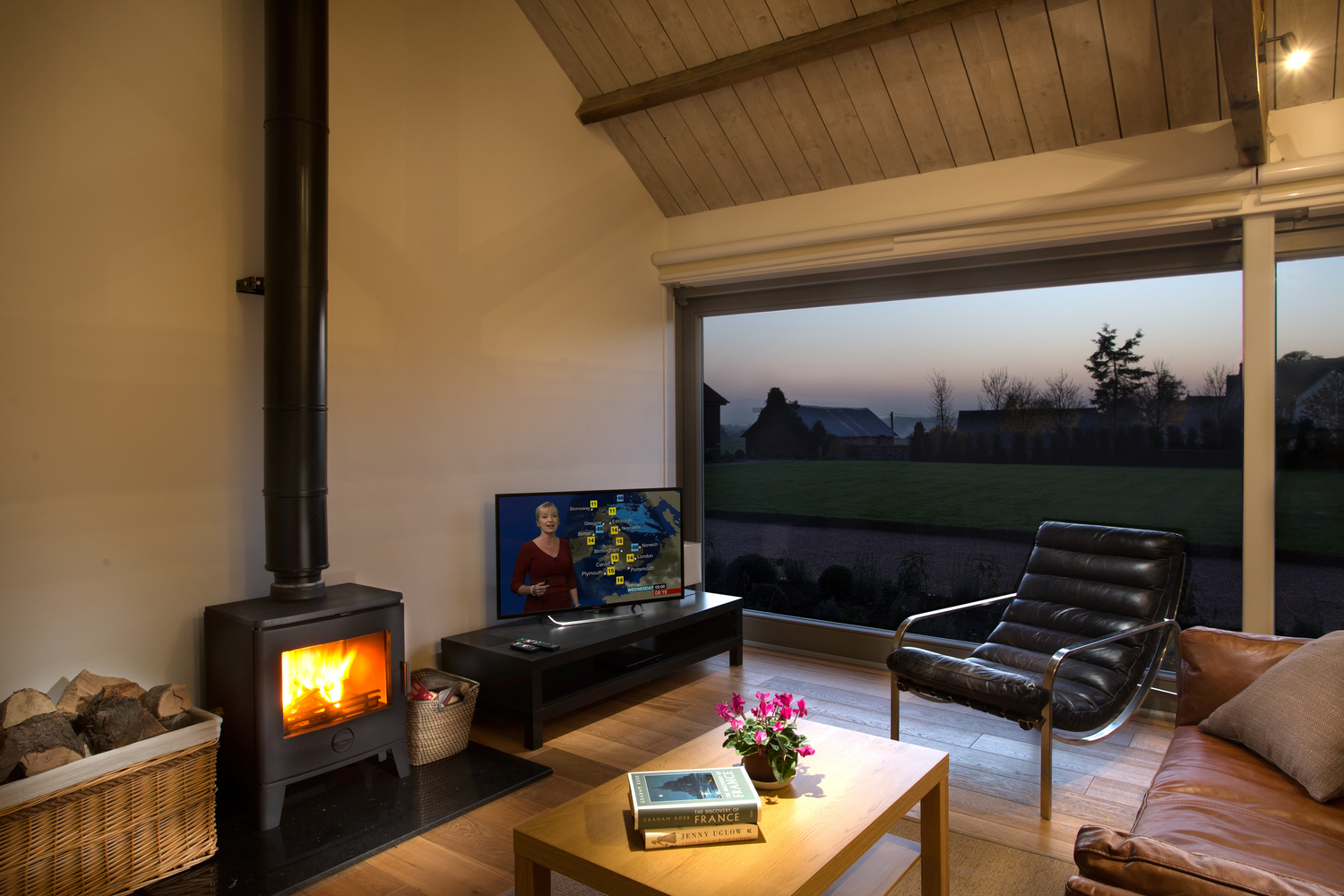The history of our farm and barns
Lordship's Barns are part of Lordship's Farm, a 300 acre holding of arable farming, some woodlands and grazing for a prize herd of Aberdeen Angus cattle.
Historically part of the estate at Benington Lordship, the site of a Norman motte and bailey castle, the farm originally grew timber to heat London. The ancient coppiced woods which provided the crop still remain in part, though over the centuries sheep and cows replaced forestry. Lordship's proximity to London has always assured it a local market for its produce and the River Lea and its tributaries gave it an easy thoroughfare to the capital. Over the years milk and meat from Hertfordshire made their way into London, while wealthy Londoners bought land and houses in the County.
The Cecils at Hatfield House, later Lords Salisbury, governed Britain, on behalf of a succession of monarchs for generations, Ralph Sadleir, right hand man to Thomas Cromwell and the richest man in England, lived at Standonbury in nearby Standon. Our neighbouring twins, Hertford and Ware have long histories. Hertford hosted Parliament when the plague made it unsafe to stay in London. Ware was a coaching stop on the road north from London. Its many inn keepers vied with each other for trade by building gazebos on the banks of the River Lea, many of which remain today and give the town a slightly exotic air. In Royston, further north on Roman Ermine Street, James I had his royal kennels with a dog yard half an acre in size. His frequent visits and lavish entertaining nearly bankrupted the town.
With the later half of the twentieth century and the changes to distribution wrought by the building of motorways Hertfordshire farms like Lordship's lost out to the milk producers of the West Country and farmers were forced to change to mainly arable production.
We acquired the farm and neighbouring Whitehill (creating a total of 600 acres) on the other side of the valley, in 2006. The listed half timbered farm house, which dates from 1570, has been restored and the farm buildings converted into housing. We have cleared out overgrown trees and planted hundreds of young ones, dredged natural ponds and kept wide headlands along the fields to encourage wildlife. Our project has brought us enormous pleasure and huge learning. We are more than happy to share it with others and hope you and your friends and family will enjoy your time with us and want to come again. You will be very welcome.









